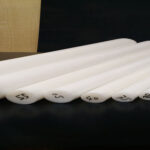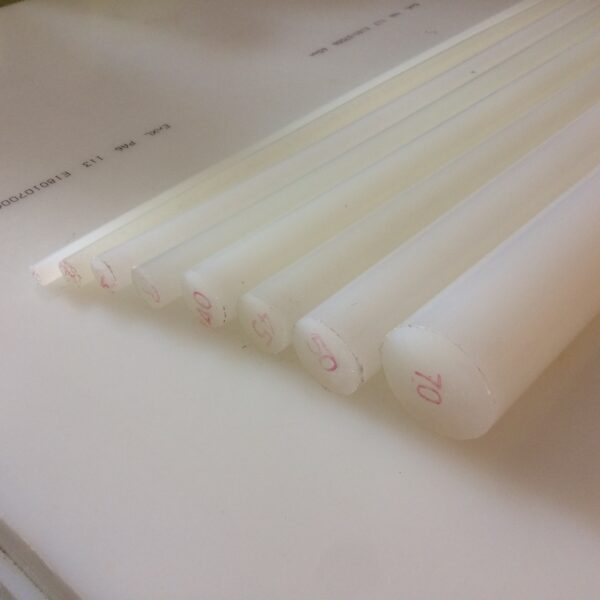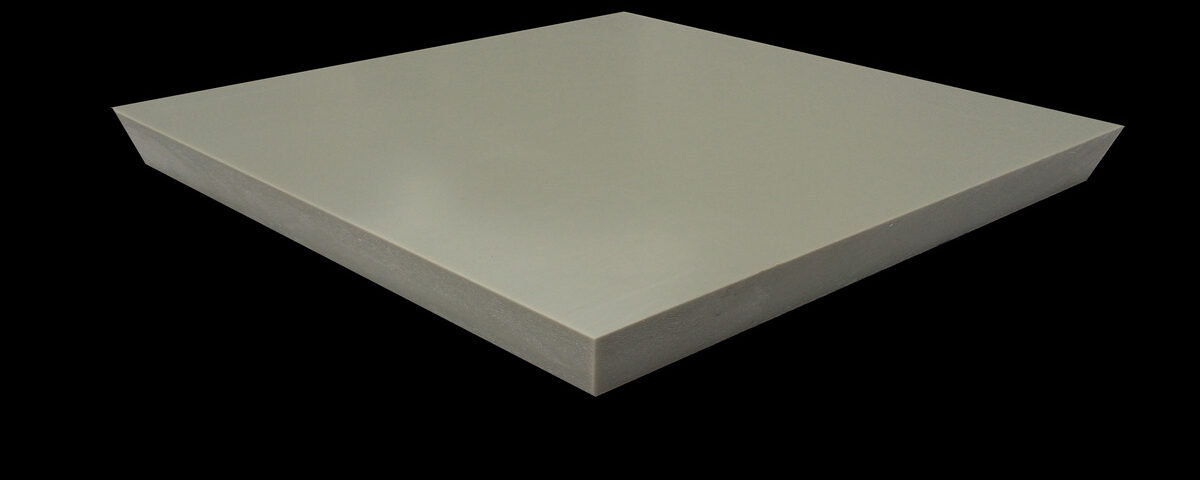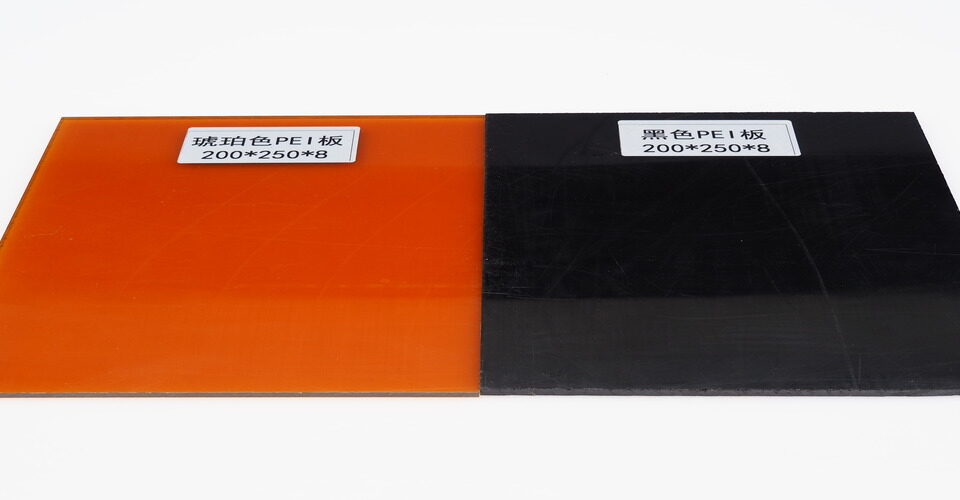
Is PU Plastic Good?
November 12, 2024
Which is Better, PP or PE?
November 12, 2024When choosing between polypropylene (PP) and polyvinyl chloride (PVC), it’s important to consider the specific needs of your project. Both materials are commonly used in various industries, but they offer distinct advantages depending on the application.
Properties of PP
Polypropylene (PP) is a lightweight, durable thermoplastic known for its resistance to chemicals, moisture, and high temperatures. It is commonly used in packaging, automotive parts, textiles, and medical supplies. PP is also recyclable and generally considered more environmentally friendly than some other plastics. Its ability to withstand higher temperatures without degrading makes it a good choice for products that need to endure heat.

Properties of PVC
Polyvinyl chloride (PVC) is one of the most widely used plastics, known for its rigidity and versatility. It is often used in plumbing, electrical insulation, flooring, and outdoor applications like windows and doors. PVC is resistant to chemicals, corrosion, and fire, making it ideal for harsh environments. It is also relatively inexpensive and can be made flexible or rigid depending on the requirements.
Which is Better for Your Needs?
The decision between PP and PVC largely depends on the specific properties you need. PP is often preferred in applications requiring flexibility, resistance to high temperatures, and recyclability. PVC, on the other hand, excels in construction, plumbing, and outdoor products due to its strength, chemical resistance, and low cost.
Conclusion
Neither PP nor PVC is inherently “better” than the other—they simply serve different purposes. For lightweight, heat-resistant applications, PP may be the best choice, while PVC is ideal for structural, durable uses. Your choice should align with the functional needs of your project.






